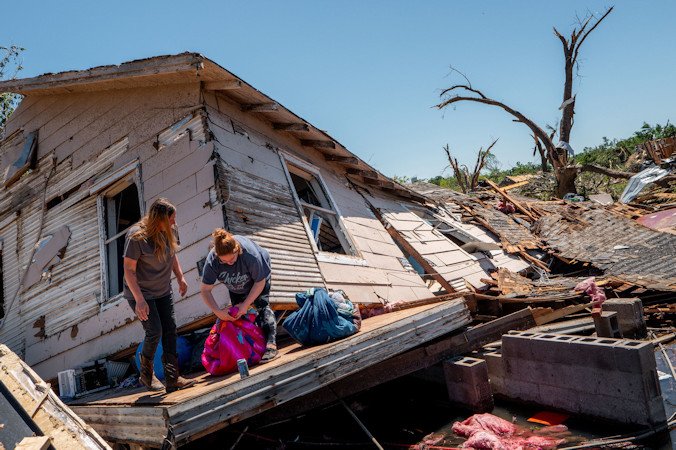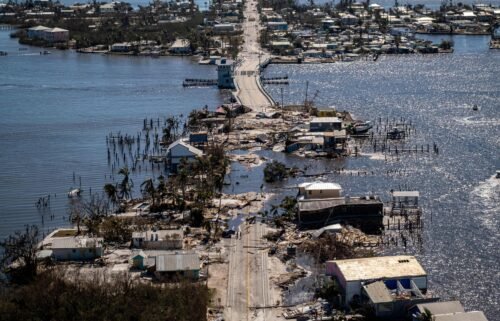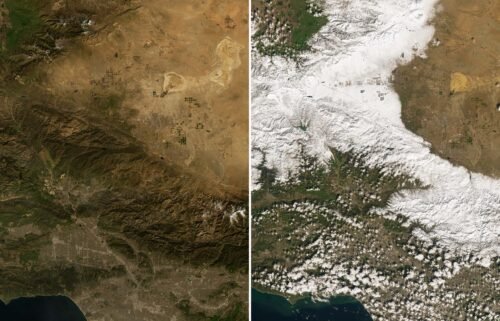The US is in the middle of an exceptional tornado streak. Here’s what it looks like

(CNN) — It started in Utah, of all places. A whirling tendril of air descended from a roiling sky above a southwest suburb of Salt Lake City, punctuating the horizon. It was a tornado – the first of many over the course of weeks.
A tornado frenzy is ongoing in the United States. At least one has been reported every day since the morning of April 25 in Salt Lake City – a more than two-week streak – and there have been hundreds.
April and May are typically the busiest months for tornadoes in the US, Earth’s tornado epicenter, but the pace since April has been exceptional.
The US was behind the typical tornado pace before the streak started, but after more than 300 tornado reports, it is now above it.
Meteorologists and engineers sifting through the reports and damage to accurately reconstruct one of Mother Nature’s most violent phenomena have confirmed 200 tornadoes so far during the streak.
A prolific tornado outbreak accelerated matters on April 26. A third of the streak’s reported tornadoes happened on that day in the Plains. Sixty-two have been confirmed, including powerful EF3s that carved a path through entire neighborhoods and businesses in Nebraska and decimated the tiny Iowa town of Minden, killing one person there.
More than 100 tornadoes hit the Heartland as the streak began at the end of April, a $1 billion disaster on its own, according to the National Oceanic and Atmospheric Administration. It capped off an April with 300 tornadoes that tore into the earth in more than a dozen states east of the Rockies, the second-most ever recorded in the typically tornadic month.
There have been so many tornadoes that a handful of places have been hit or threatened to be hit twice, including Minden. Barnsdall, Oklahoma, is the most devastating example of this dangerous déjà vu.
An EF1 tornado hit the town on April 1. A month later, an EF4 tornado with winds of 165 to 175 mph cut through the core of the small town, upending homes and livelihoods. At least one person died.
Tornadoes as strong as the one in Barnsdall are exceptionally rare and deadly. Only 2% of tornadoes reach the so-called “violent” status of EF4 or EF5. This streak has had two. The first hit Marietta, Oklahoma, on April 27, killing one person. It was the first EF4 tornado in the US in more than a year.
May only brought more of the same: A rare Level 5 of 5 high risk for severe weather on May 6 spawned the Barnsdall EF4 and the first of four tornado emergencies this week, including the first-ever one in Michigan.
The streak continued for a 15th consecutive day Thursday when a tornado was spotted in southern Georgia in the early afternoon. A Level 3 of 5 risk for severe thunderstorms stripes more than 21 million people across the South Thursday, presenting more chances for tornadoes.
Tornado chances drop Friday and Saturday, but similar threat levels have still managed to spawn tornadoes during the streak, which carries on.
CNN Meteorologist Rob Shackelford contributed to this report.
The-CNN-Wire
™ & © 2024 Cable News Network, Inc., a Warner Bros. Discovery Company. All rights reserved.


